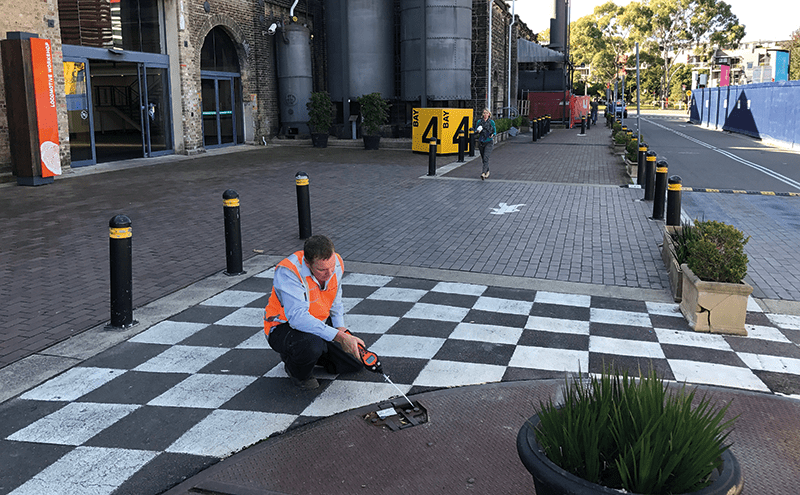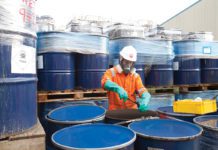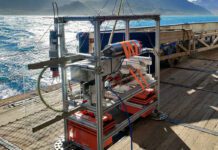
Australian environmental consultancy, JBS&G has purchased a Tiger handheld volatile organic compound (VOC) monitor from gas detection specialist Ion Science.
This latest handheld photoionisation detector (PID) is being used on a major new project and was chosen for a number of performance benefits as well as the free extended five-year warranty.
Active in Australia and New Zealand, JBS&G is a well known provider of environmental services, including contaminated land, groundwater remediation, impact assessment, due diligence, EPA accredited auditing, hazardous materials and occupational hygiene assessment. The company has worked on some of the largest and most complex environmental assessment and remediation projects in the countries.
Aaron Smith, Senior Consultant at JBS&G comments: “We use PIDs on a daily basis to help implement our many contaminated land projects. The company owns several VOC monitors, including Ion Science instruments, and often rents extra ones too to cope with the ebb and flow of business. We have been using the handheld Tiger detector for many years without a problem and found it to be a robust, reliable, fast, accurate and user-friendly solution.
A major new project prompted the need for a further PID and the firm chose another Ion Science Tiger, partly because of the free five year warranty. The device is being used by JBS&G to detect the presence of airborne concentrations of VOCs emitted from soils contaminated by petroleum hydrocarbons and other substances. The results are interpreted and used to assess potential health risk to site workers and the surrounding members of the public.
JBS&G uses the Tigers to monitor VOCs in a wide variety of applications, including contaminated soils (headspace and soil vapour), surface water, groundwater, unknown chemical compounds, under and above ground petroleum storage tanks, abandoned buildings, service pits, sewers, as well as other confined spaces.
The PIDs are used on a daily basis during contaminated land investigations and other assessments of potential hazardous substances. Data is manually recorded on score sheets or downloaded to a PC where formal reporting is required.







